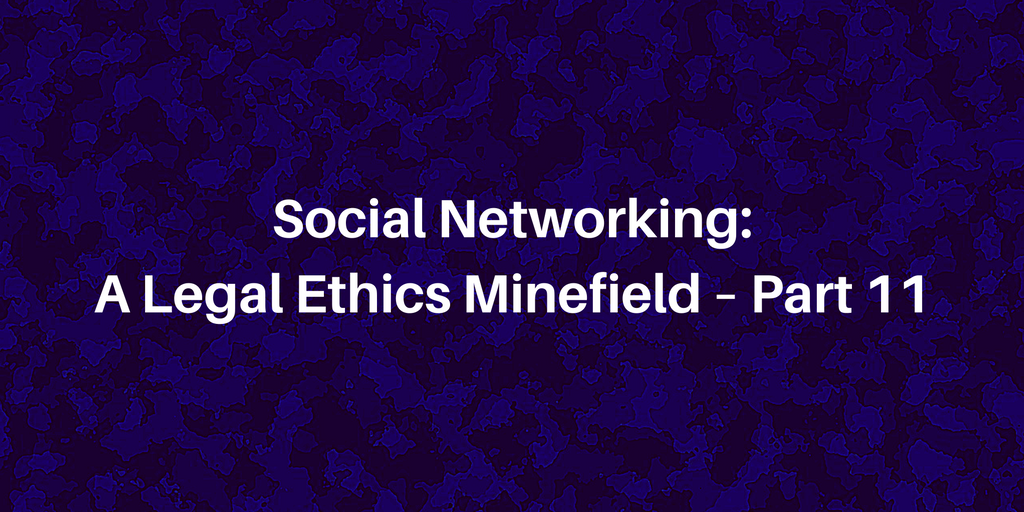 Twitter, like many public-viewing social networking websites, is constructed so that those participants with the most “followers” gain the most attention from their posts, reach the most users, and are therefore seen as more knowledgeable, visible and important within...
Twitter, like many public-viewing social networking websites, is constructed so that those participants with the most “followers” gain the most attention from their posts, reach the most users, and are therefore seen as more knowledgeable, visible and important within...
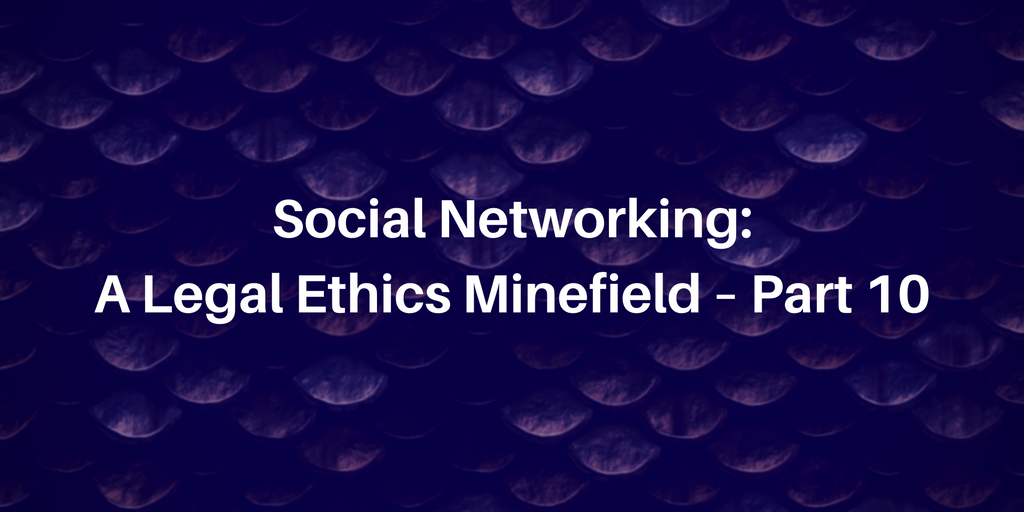 The second problematic issue regarding social media as “advertising” and Model Rule 7.1 regards recommendations, endorsements and intentionally displayed social networking “connections” made by the lawyer. When a lawyer invites such recommendations or online displays...
The second problematic issue regarding social media as “advertising” and Model Rule 7.1 regards recommendations, endorsements and intentionally displayed social networking “connections” made by the lawyer. When a lawyer invites such recommendations or online displays...
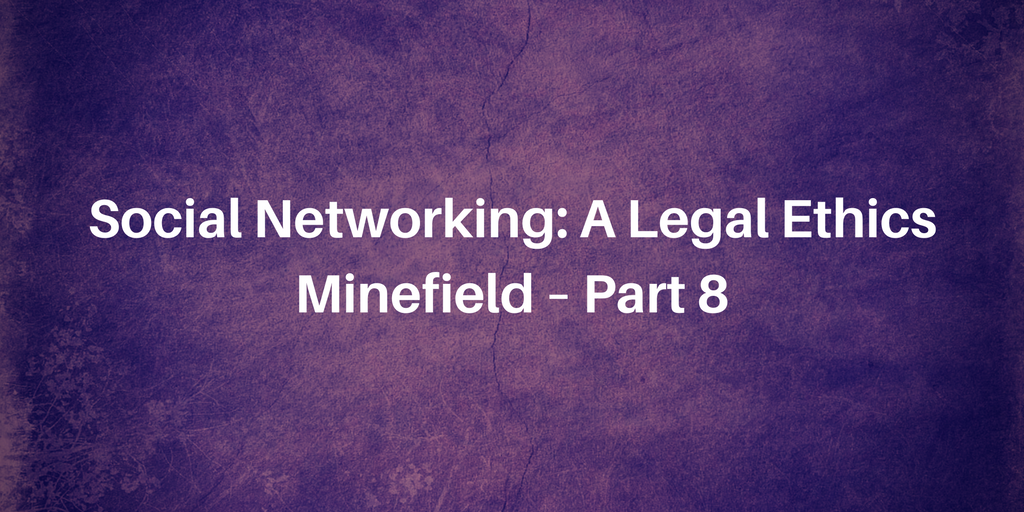 For instance, because a single Twitter posting is limited to 140 characters in total, a lawyer may not be able to include the state-specific disclosure and disclaimer requirements within the 140 character limit – effectively limiting him from using the site as a...
For instance, because a single Twitter posting is limited to 140 characters in total, a lawyer may not be able to include the state-specific disclosure and disclaimer requirements within the 140 character limit – effectively limiting him from using the site as a...
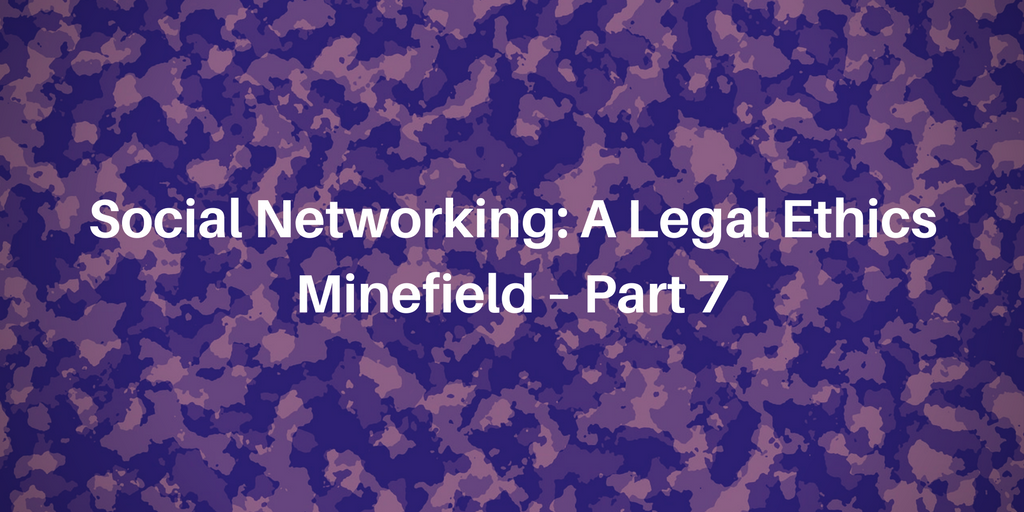 ATTORNEY ADVERTISING AND SOCIAL NETWORKING Perhaps the most obvious ethical conflict for a lawyer involved with social media is how that lawyer’s online presence might conflict with the Model Rules on Attorney Advertising. Comment 3 to Rule 7.2 recognizes that...
ATTORNEY ADVERTISING AND SOCIAL NETWORKING Perhaps the most obvious ethical conflict for a lawyer involved with social media is how that lawyer’s online presence might conflict with the Model Rules on Attorney Advertising. Comment 3 to Rule 7.2 recognizes that...
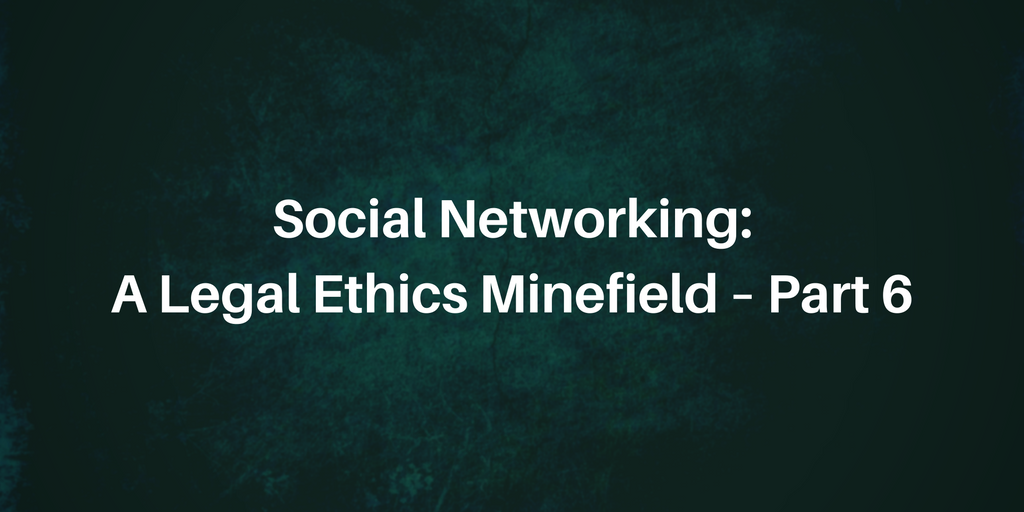 ARE THERE OTHER BENEFITS TO USING SOCIAL NETWORKING? Social networking sites have been an invaluable tool for many attorneys performing research on already contested matters. For instance, if a matrimonial attorney wishes to view the Facebook page of a client’s...
ARE THERE OTHER BENEFITS TO USING SOCIAL NETWORKING? Social networking sites have been an invaluable tool for many attorneys performing research on already contested matters. For instance, if a matrimonial attorney wishes to view the Facebook page of a client’s...





